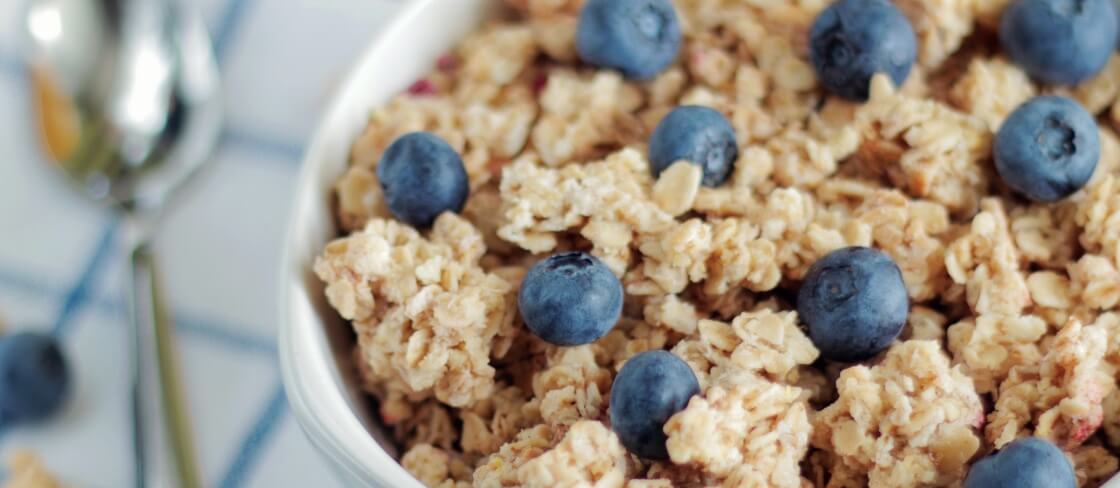All of us experience inflammation to some degree, maybe after a tough workout or when we haven’t been taking care of ourselves that well. But, we don’t have to live with the discomfort and potential health problems that it can cause us if we are chronically inflamed and in pain. Understanding the relationship between fitness and inflammation can help you design a regular fitness plan that allows you to maximize the benefits of exercise, while decreasing inflammation.
What Causes Inflammation?
Inflammation can be caused by internal and external factors. It can come and go and can be short- or long-term. While individual factors play a role, inflammation is a natural part of the aging process, and can become a chronic part of life as we get older. Having other health conditions, like heart disease, diabetes, kidney disease, or being overweight can also promote and worsen inflammation.
Inflammation is actually an innate immune response to injury and infection. It’s a signal to your body to heal, repair, and fend off threats to your health. Some of these threats may be wounds or germs, like viruses and bacteria. In the absence of the inflammatory response, these threats can stick around longer and potentially cause significant damage, or even death.
Even though inflammation is a natural, necessary response, it’s important to identify the underlying causes of it so that you can work to reduce them. While acute inflammation is temporary and has a localized immune response, prolonged inflammation can be damaging in the long-term. In fact, chronic untreated inflammation has been linked to other health conditions like heart disease, stroke, cancer, and autoimmune arthritis.
Chronic inflammation impacts more than just a cut or scrape, instead having the potential to negatively affect the entire body and body systems. Part of the immune response that happens with inflammation is the triggering of white blood cells to attack the threat. If these cells don’t have anything specific or localized to attack, they may start attacking internal organs and tissues instead. Note that white blood cells make anti-inflammatory compounds called cytokines, one of which is called TNF (tumor necrosis factor). It’s this systemic inflammation that increases your risk for developing chronic disease or metabolic syndrome.
While chronic, low-grade inflammation may not have noticeable symptoms, your doctor can perform a blood test to determine what your C-reactive protein (CRP) is, an indicator of inflammation in the body. High CRP can indicate infection or a chronic inflammatory disease.
Benefits of Exercise for Inflammation
One of the best things you can do to minimize the effects of inflammation on your body, in addition to eating an anti-inflammatory and antioxidant-rich diet, is to be physically active. As obesity and physical inactivity can contribute to inflammation, healthy weight loss and regular exercise can have the desired opposite effect. Not to mention, there are plenty of other reasons why incorporating regular activity into your life is a good idea beyond managing inflammation.
Research indicates that regular physical activity can reduce inflammatory markers in the body in older adults, even those older than 60 years of age.
One study published in 2012 followed 4,000 people of middle age for ten years, finding that those who exercise for two and a half hours per week experienced a 12% reduction in their inflammation.
Another 2017 study published in Brain, Behavior and Immunity tested the hypothesis that even short periods of exercise could trigger the body’s anti-inflammatory responses. The researchers found that just 20 minutes of exercise per day was enough to reduce the amount of stimulated immune cells producing pro-inflammatory markers by five percent.
The bottom line is that moderate, regular exercise can help your body to better control its inflammatory response and reduce proinflammatory markers, such as CRP and TNF.
Best Exercises to Reduce Inflammation
When it comes to physical activity for inflammation, more is not necessarily always better. High intensity workouts can also have a negative effect on your inflammatory response. While you may enjoy and be able to participate in strenuous exercises, this type of fitness isn’t required to reap the benefits that movement can provide.
Even slowly jogging on the treadmill can benefit your health. Many people enjoy staying active by hiking outdoors, swimming, biking, or doing yoga. Sometimes going for a long, brisk walk is just what your body is craving, especially if you’re feeling turned off by the idea of a tough workout. Walking is an aerobic exercise, meaning that you are allowing oxygen and blood to be circulated through your body while allowing your muscles to recover and repair.
If you can practice your fitness activity outside, even better! Studies show that “forest bathing” – or participating in nature – can actually also reduce inflammatory markers.
How to Start an Anti-Inflammatory Fitness Routine
It’s a good idea to speak with your medical provider before beginning any new fitness regimen, to make sure that it’s safe and appropriate for you.
If you’re new to exercise and have been cleared for it, it’s important to start slowly. Individuals who are not used to being physically active should practice caution, as beginning a fitness routine from scratch can actually promote acute inflammation, which could damage joints and muscles.
Additionally, it can take up to 10 weeks to create a new habit that sticks, so consistency is key. Starting a new habit can be challenging in the beginning, since it requires time and effort to be prioritized, but it will eventually become a new part of your established routine.
Inflammation is a necessary and important response to potential threats in your body, but too much inflammation can be harmful to your health. Thus, it’s important to practice healthy lifestyle habits that promote immune health and prevent long-standing inflammation. Being physically active and improving your fitness level is one way to do this.
Get in Touch!
If you’re interested in learning more about how your current lifestyle habits may be promoting inflammation, and changes you could make to your fitness routine to improve your health, I can help! Together, we can conduct the necessary evaluations in a complimentary Success Mapping session and come up with an appropriate personal training plan for your needs.







0 Comments